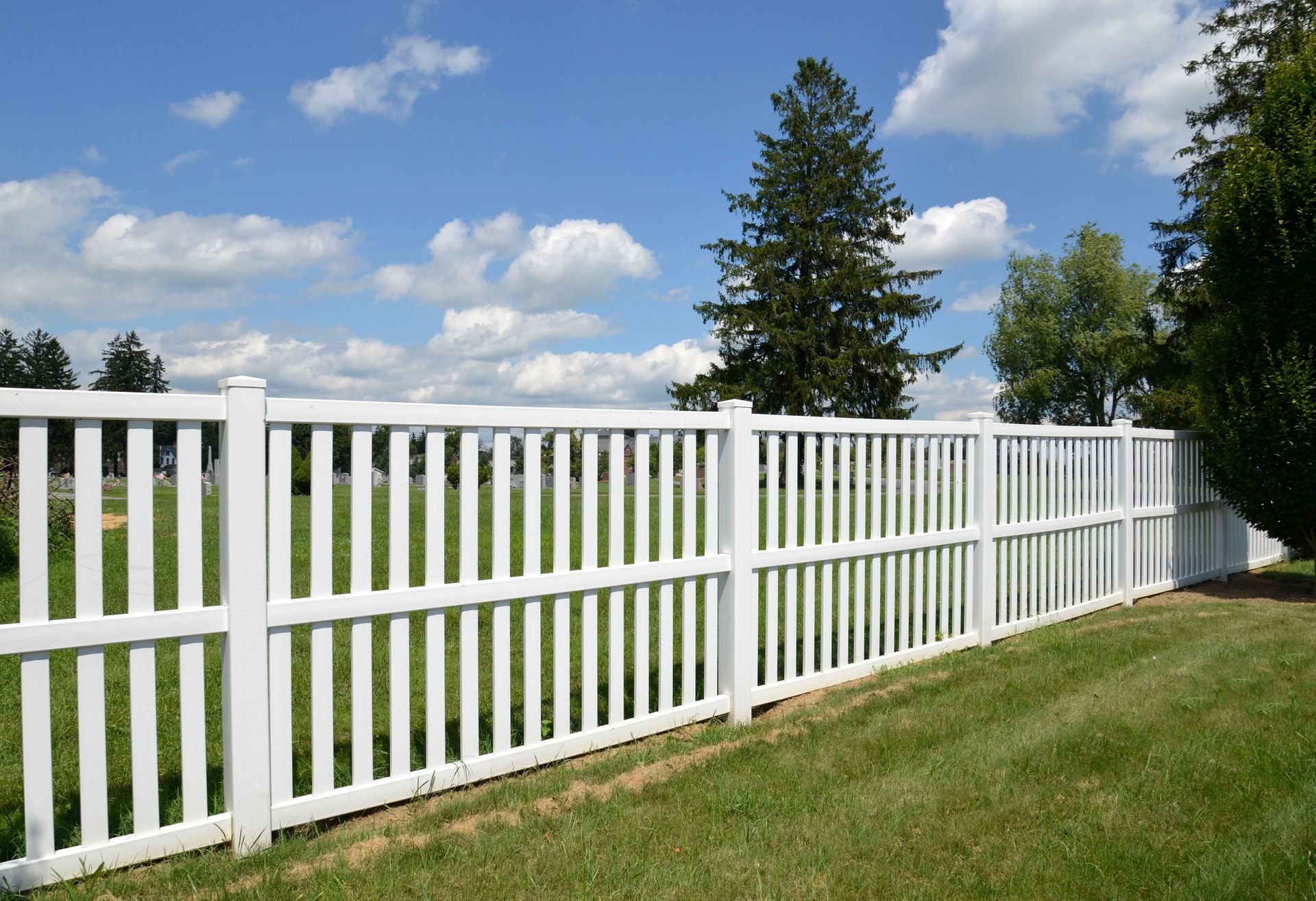Winterizing Your Fence: Proven Ways To Ensure Longevity And Beauty
Winter can be harsh on outdoor structures, and your fence is no exception. The cold temperatures, snow accumulation, and icy conditions can take a toll on its appearance and structural integrity. To ensure your fence stands strong against the winter elements, here are proven ways to protect it during the colder months.
Trim Your Branches
Trimming overhanging branches prevents potential damage to the fence caused by heavy snowfall, ice accumulation, or strong winds, reducing the risk of breakage or structural stress. Additionally, by trimming branches, you create a clearer space around the fence, minimizing the chances of debris accumulation during storms. This safeguards the fence and contributes to overall winter safety, preventing falling branches that could cause harm or obstruct pathways.
Keep Snow Away
Piles of snow leaning against the fence can lead to moisture retention, increasing the chances of rot and decay. Start by using a snow shovel to remove the bulk of the snow from the ground up to a manageable height. Be gentle to avoid damaging the fence.
Next, use a broom or a soft-bristle brush to clear the remaining snow from the fence. Brush in the direction of the fence's natural alignment to avoid stressing its structure. If the snow is particularly wet and heavy, consider using a plastic snow shovel to prevent scratches. Additionally, applying a de-icing solution can help prevent ice buildup on the fence.
Repair Existing Damage
Before winter sets in, inspect your fence for any existing damage. Addressing issues like loose boards, cracked panels, or damaged posts can prevent further deterioration during the winter months. Tighten screws, replace damaged sections, and ensure that your fence is in good condition to withstand winter's challenges.
Clean Between Fence Posts
When foreign particles gather in these spaces, they create a trap for moisture, a prime catalyst for the decay process. Moisture retention can lead to wood rot, compromising the structural integrity of the fence. To counteract this, it is imperative to invest time in regular cleaning practices. Utilizing a brush or compressed air can effectively remove lodged dirt, preventing moisture entrapment and mitigating the risk of decay.
Repaint or Restain Your Fence
Winter weather can be particularly harsh on the finish of your fence. To protect it from the elements, consider repainting or re-staining your fence before winter arrives. This not only adds a fresh aesthetic appeal but also creates a protective barrier against snow, ice, and moisture.
Review All Gates
Gates serve as potential weak points in a fence, susceptible to issues like misalignment and wear. The cold temperatures of winter can exacerbate existing problems, causing materials to contract and mechanisms to stiffen.
To address these concerns, a comprehensive examination of all gates is essential. This involves checking for proper alignment, which ensures that the gate is securely in place and lines up with the rest of the fence. Functionality is another key aspect; gates should open and close smoothly without any hindrance. Signs of wear, such as rust or weakened components, should be promptly identified.
Lubricating hinges is a preventive measure to counteract the effects of cold weather on moving parts, maintaining their flexibility and reducing friction. Additionally, making necessary adjustments, whether tightening loose bolts or realigning the gate, is imperative to enhance its overall performance and longevity.
Evaluate Termination Points and Cables
Termination points are where your fence meets other structures or the ground. Ensure that these points are secure and that there are no gaps or vulnerabilities. Additionally, check any cables or wires used for support and make sure they are in good condition. Reinforce or replace them as needed to prevent your fence from sagging or leaning.
If you suspect your fence has any issues, consult Admiral Fence Co. LLC. We do all-year-round fence repairs and installation. Contact us to get started.
Browse Our Website
Contact Information
Toll Free Number: (800) 797-6293
NJ Home Improvement Contractor License Number: 13VH02036100
Payment Options
















